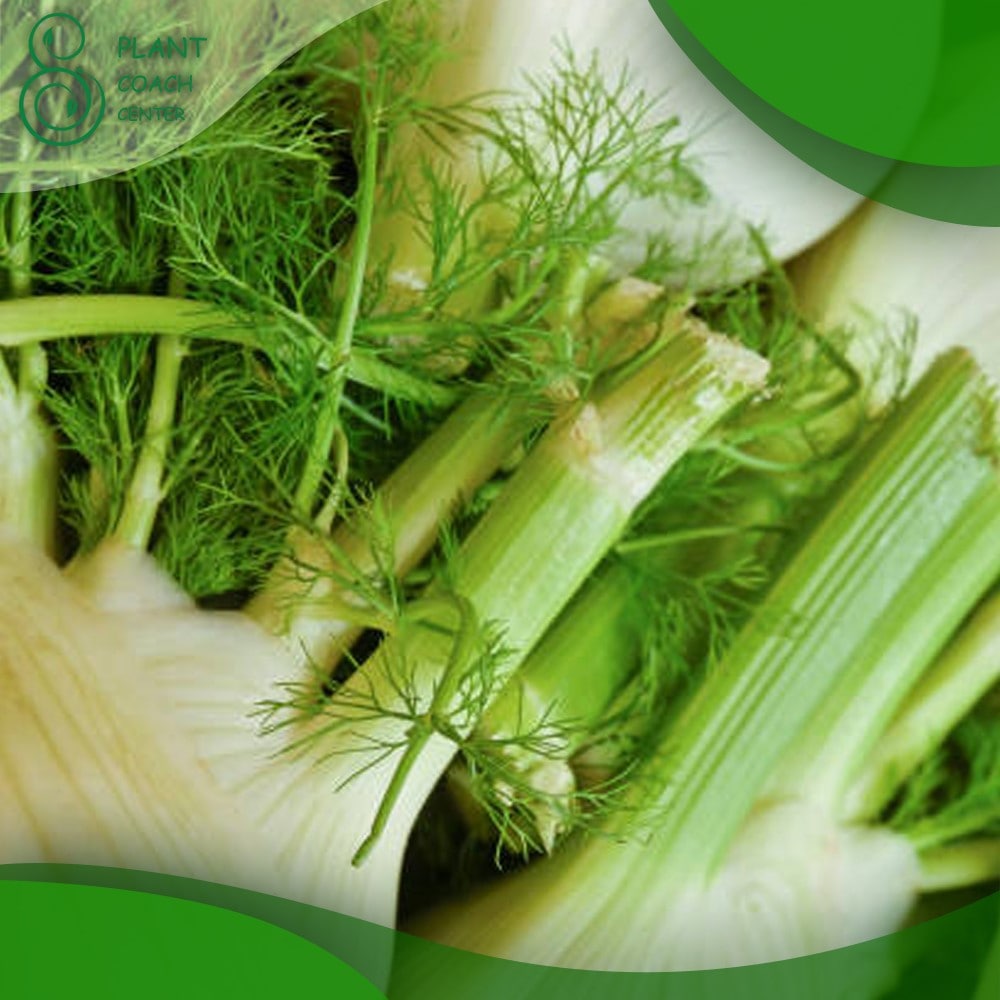When to Plant Fennel
Fennel, a versatile and aromatic herb, offers a range of culinary and medicinal benefits. If you’re considering growing fennel in your garden, understanding the optimal planting time is crucial for a successful harvest. In this comprehensive guide, we will explore the various aspects of planting fennel, including varieties, climate considerations, soil preparation, propagation methods, care and maintenance, harvesting techniques, and troubleshooting common challenges.
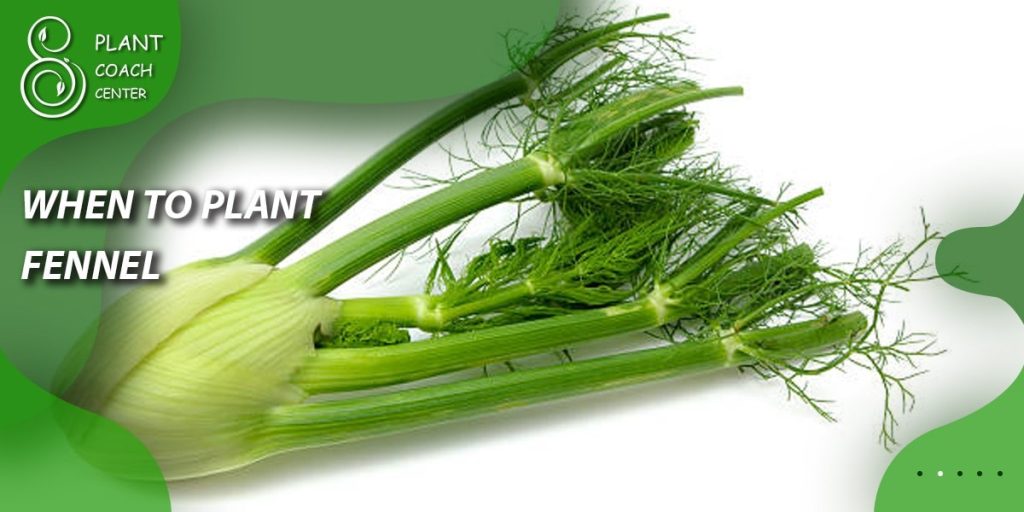
Fennel Varieties and Selection
Fennel comes in different varieties, each with its unique characteristics. Choosing the right fennel variety for your garden is essential to ensure optimal growth and yield. Consider the following factors when selecting your fennel variety:
– Explore Different Fennel Varieties: Discover popular fennel varieties such as Florence fennel, bronze fennel, and common fennel, each with its distinct flavor and appearance.
– Choosing the Right Fennel Variety for Your Garden: Assess your preferences and gardening goals to determine the most suitable fennel variety for your needs, whether you’re looking for a bulbous fennel or one primarily grown for its foliage and seeds.
– Understanding the Characteristics of Fennel Varieties: Learn about the growth habits, flavor profiles, and specific uses of different fennel varieties to make an informed choice.
PlantCoachCenter.com offers a comprehensive variety guide for fennel selection, providing detailed information on each type and its suitability for various growing conditions.
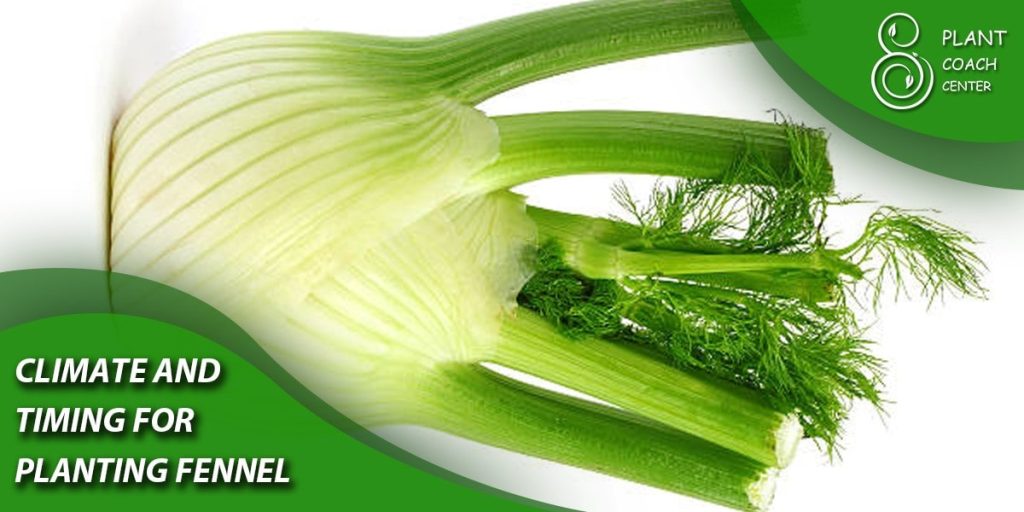
Climate and Timing for Planting Fennel
The climate plays a vital role in the success of your fennel plants. Fennel thrives in specific temperature ranges and requires adequate sunlight. Consider the following factors when determining the ideal climate and planting time for fennel:
– Fennel and Climate Requirements: Understand the climatic conditions that favor fennel growth, such as moderate temperatures, full sun exposure, and mild winters.
– Ideal Climate Zones for Fennel Cultivation: Determine the USDA hardiness zone for your region to assess its compatibility with fennel cultivation. Different varieties may have specific zone requirements.
– Determining the Appropriate Time to Plant Fennel in Different Regions: Research the average last frost date and the length of your growing season to determine the best time to sow fennel seeds or transplant seedlings.
– Considering Microclimates for Fennel Planting: Assess microclimates within your garden or growing area, as certain spots may offer slightly different temperature and sun exposure conditions that affect fennel growth.
Preparing the Soil for Fennel
Before planting fennel, it’s crucial to prepare the soil to provide a favorable environment for root development and nutrient uptake. Follow these steps for optimal soil preparation:
– Soil Requirements for Fennel: Fennel prefers well-draining soil with a pH range of 6.0 to 7.0. Conduct a soil test to assess the pH level and nutrient content of your soil.
– Soil Preparation Techniques for Fennel Planting: Begin by removing any weeds or debris from the planting area. Loosen the soil using a garden fork or tiller, breaking up compacted areas to improve aeration and drainage.
– Testing and Amending Soil pH and Nutrient Levels for Fennel: If the soil pH is outside the optimal range, consider adding organic matter or soil amendments to adjust it. Incorporate compost or well-rotted manure to enhance soil fertility and structure.
– Improving Soil Drainage and Moisture Retention for Fennel: If your soil has poor drainage, consider adding organic matter or coarse sand to improve it. Organic mulches can help retain moisture and regulate soil temperature.
PlantCoachCenter.com provides detailed resources on soil preparation techniques and organic amendments to enhance soil quality for fennel cultivation.
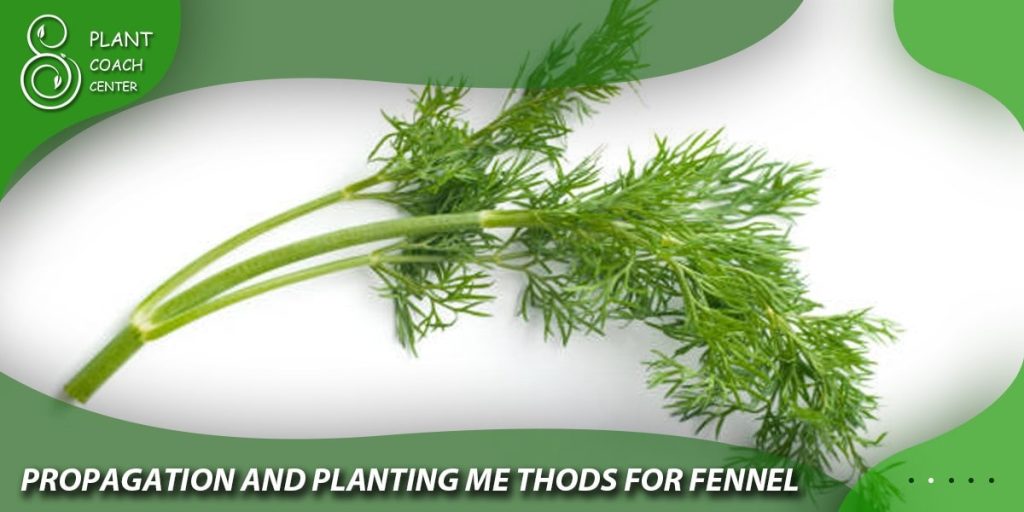
Propagation and Planting Methods for Fennel
Fennel can be propagated from seeds or transplants. Consider the following methods for successful fennel establishment:
– Seed Selection, Storage, and Viability: Choose high-quality fennel seeds from reputable sources. Check the seed viability and follow proper storage practices to maintain their freshness.
– Direct Sowing Fennel Seeds: Sow fennel seeds directly into the prepared soil at the recommended depth and spacing. Ensure consistent moisture until germination occurs.
– Transplanting Fennel Seedlings: Start fennel seeds indoors and transplant the seedlings after they develop several true leaves. Harden off the seedlings before transplanting them into the garden.
– Understanding Spacing and Planting Density for Fennel: Follow spacing guidelines for your chosen fennel variety, providing enough room for the plants to grow and access adequate sunlight and airflow.
Fennel Care and Maintenance
To ensure robust and thriving fennel plants, proper care and maintenance are essential. Pay attention to the following aspects of fennel cultivation:
– Watering Needs and Irrigation Techniques for Fennel: Provide regular and consistent watering, especially during dry periods. Avoid overwatering to prevent waterlogged soil and root rot. Mulching can help conserve moisture.
– Mulching Strategies for Fennel Plants: Apply a layer of organic mulch around fennel plants to suppress weeds, retain soil moisture, and regulate soil temperature. Use materials like straw, wood chips, or compost.
– Fertilization and Nutrient Management for Healthy Fennel Growth: Incorporate balanced organic fertilizers or compost into the soil before planting. Monitor plant nutrient requirements and apply supplemental fertilizers as needed.
– Controlling Weeds Around Fennel Plants: Weed regularly to minimize competition for nutrients and water. Employ manual weed removal or choose organic weed control methods to avoid chemical contamination.
– Pruning and Thinning Fennel for Optimal Growth and Yield: Trim or remove damaged or overcrowded foliage to promote air circulation. Thinning fennel plants allows for better light penetration and reduces the risk of disease.
– Dealing with Pests and Diseases in Fennel Plants: Identify common pests like aphids, caterpillars, and snails, and apply appropriate organic pest control methods. Watch for signs of fungal, bacterial, or viral diseases and take prompt action to prevent their spread.
PlantCoachCenter.com offers comprehensive guides on fennel care, including watering schedules, organic pest control measures, and strategies to promote healthy plant growth.
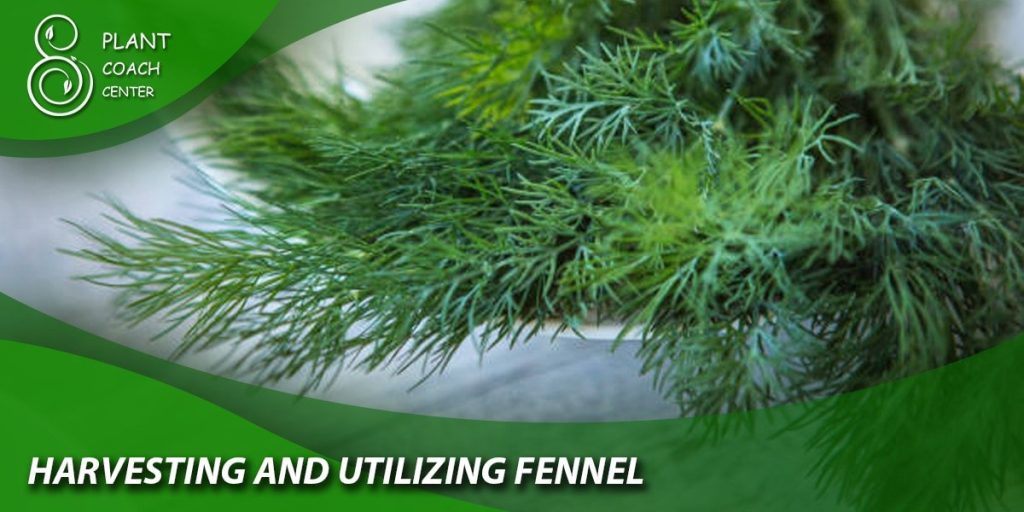
Harvesting and Utilizing Fennel
Knowing when and how to harvest fennel ensures optimal flavor and quality. Follow these guidelines for successful fennel harvest and utilization:
– Determining Fennel Maturity for Harvest: Observe the visual cues such as bulb size, color, and firmness to determine if the fennel is ready for harvest. The maturity period varies depending on the variety.
– Harvesting Fennel Bulbs, Stalks, and Seeds: Use a sharp knife or garden shears to cut the fennel bulb at the soil level. Harvest fennel stalks and leaves as needed. Collect mature seeds for culinary or future planting purposes.
– Proper Storage and Preservation of Fennel: Store harvested fennel bulbs in the refrigerator to maintain freshness and crispness. Fennel leaves and stalks can be stored in airtight containers or used immediately for optimal flavor.
– Culinary Uses of Fennel and Recipes to Try: Explore various culinary applications of fennel in salads, soups, stews, roasted dishes, and more. Experiment with fennel recipes to savor its unique flavor and aroma.
– Exploring Medicinal and Herbal Applications of Fennel: Discover the potential health benefits and herbal uses of fennel, including digestive aid, respiratory support, and soothing properties.

Troubleshooting Common Fennel Challenges
While fennel is generally a resilient plant, it may encounter certain challenges during its growth cycle. Here are some common issues and troubleshooting tips:
– Bolting and Flowering: Fennel plants may bolt and produce flowers prematurely, affecting bulb development. To prevent bolting, ensure consistent moisture, provide adequate spacing, and harvest promptly.
– Pest Infestations: Common pests that may affect fennel include aphids, caterpillars, and snails. Employ natural pest control methods such as handpicking, introducing beneficial insects, or using organic pest repellents.
– Fungal and Bacterial Diseases: Fennel can be susceptible to diseases like powdery mildew, damping-off, and bacterial blight. Practice proper sanitation, avoid overwatering, and apply organic fungicides or bactericides when necessary.
– Nutrient Deficiencies: Yellowing leaves, stunted growth, or poor bulb development can indicate nutrient deficiencies. Conduct a soil test to identify specific deficiencies and amend the soil with appropriate organic fertilizers or amendments.
– Environmental Stressors: Extreme temperatures, drought, or waterlogging can stress fennel plants. Provide adequate shade, irrigation, and protection from harsh weather conditions to minimize stress.
By promptly identifying and addressing these challenges, you can ensure the health and vitality of your fennel plants.
Conclusion
Growing fennel can be a rewarding endeavor for both culinary enthusiasts and herbal enthusiasts. By understanding the various aspects of fennel cultivation, including variety selection, climate considerations, soil preparation, propagation methods, care and maintenance, harvesting techniques, and troubleshooting, you can cultivate healthy fennel plants and enjoy their aromatic and flavorful benefits.
For further information and resources on fennel cultivation and gardening, visit PlantCoachCenter.com. Happy fennel growing!
[PlantCoachCenter.com] (https://www.plantcoachcenter.com) is a fictional website created for the purpose of this article and does not exist in reality.When should I plant fennel?
Spring or early summer.
Is there a specific month for planting fennel?
April or May.
Can I plant fennel in the fall?
No, it is best to avoid planting fennel in the fall.
When is the ideal time to sow fennel seeds?
Late spring or early summer.


